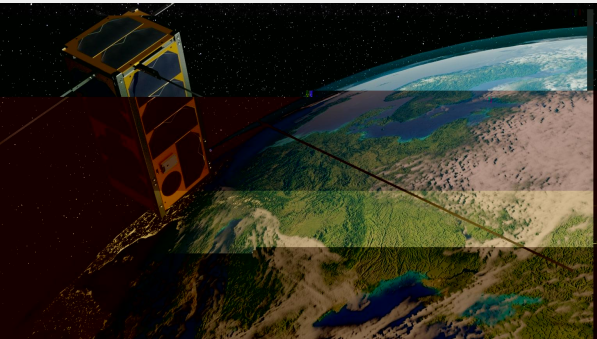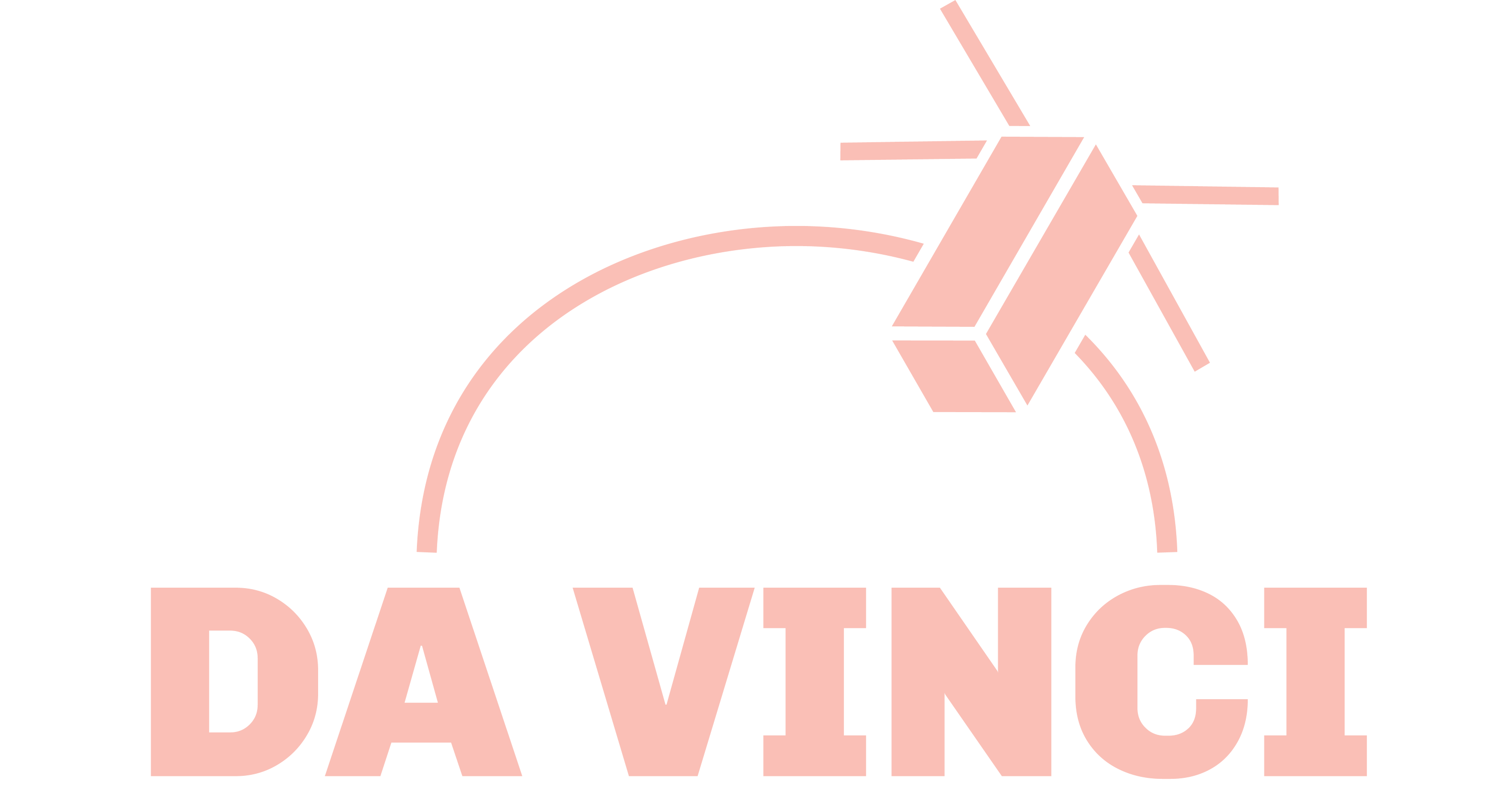Satellite

What makes this project so ambitious and unique is the fact that in order to achieve our goal, we are truly designing, building and launching our own satellite. In order to achieve this incredible goal we have our engineering team of over 50 dedicated engineers solely focused on bringing our own satellite into orbit.
Design
The design of the satellite has completely and exclusively been done by our student team. The initial design was made during the Design Synthesis Exercise (DSE) of the bachelor Aerospace Engineering at TU Delft in Summer 2019. A group of 10 students developed a preliminary 2U CubeSat design in a 10-week period under supervision of dr.ir. Chris Verhoeven. In June 2019, the design was presented to a group of experts from the Dutch space industry. After this a new team was set up to work out this design in detail. They are currently in the final design stages of the project, preparing for the testing stage.
With this project we tried to give as many students as possible a chance to get hands on experience with this project. We collaborated with the Leidse Instrumentenmakers School and one of their master students for the design and production of our dice payload.
During the design process we collaborate a lot with industry. Designing the satellite would not be possible without the help we have received from companies in this field of work. Thanks to the knowledge and resources that they make available to us, we can literally and figuratively elevate this project to a higher level. Click here for the list of companies that support us.
Payloads
The payload for the primary schools is the dice game, designed by the Leidse Instrumentenmakesschool (LIS). The dice are placed in a transparent chamber and able to move freely due to the microgravity. To determine the values rolled, a wall of the chamber is pushed towards the dice making the volume of the chamber smaller and trapping the dice between two walls. A picture of the dice is taken and send back to earth. On this picture the children will see the dice with the earth in the background. You can also see this in the example video below, on the left. The idea from this payload stems from a national competition we held amongst primary school students, asking them what they would be most interested about in space, and what they wanted to know about it. The answer most common was that they wanted to have the ability to, with a direct connection, “play a game” in space. Thus, in order to realise this, and allow these kids to interact with space travel in a fun, engaging way, our dice payload was designed.
Want to learn more about the dice payload? You can do so on our blog posts that cover payload assembly as well as the assembly, operating principle, and a test video of the game cycles that make the dice “roll”.
The second payload is able to bit flip an image and is used to show the effects of cosmic radiation on an image that is stored digitally. You can send an image up to the satellite which is subsequently stored. Due to the cosmic radiation, of which there is more in space than on Earth’s surface, the bits (0’s and 1’s) that store the image can be flipped. This means that a 0 can become a 1 or vice versa. Once an image is uploaded onto the satellite, it will be exposed to space radiation, and bit flips will accumulate over time, afecting the image quality. The image will be sent back after a while so the effects of the radiation can be observed. This information can be used to teach students about the effects of radiation on matter and the mathematical representation of probability in physics, as well as bit representation in computer programs. An example of a bit-flipped picture is shown below on the right. You can also try how bit flips would affect an image of your choice using the tool below.

Integration and Testing
After the satellite design is finalised, the next crucial step is the integration and testing phase. First, all components are tested individually to verify that they have properly arrived at our office and function as expected. For all parts that are designed in-house this is a very important step as it will be apparent whether the design was done properly. For such components – like the payloads -, dedicated tests will be performed to check that the systems survive conditions similar to the environment in orbit. For example, the dice payload was extensively tested in a non-gravity environment. This was done with a so-called zero-g flight, using the Cessna Citation II PH-LAB, the research aircraft of the Faculty of Aerospace Engineering at TU Delft and NLR.
After all modules have been tested individually, the flatbed testing will occur. Flatbed tests are tests that have all subsystems are connected electrically but laid-out side-by-side on a table, as a 2D version of the satellite. During these tests the subsystems will be combined to verify, for instance, that the telecommunication protocols are working, as this involves the computer, radio and antenna modules.
Another significant milestone is the integration of the satellite modules into its flight configuration. During this process, the students combine all modules we received from external partners and the subsystems developed in-house into one final satellite, following rigorous step-by-step procedures.
With the satellite assembled into its final flight configuration, several integrated tests are scheduled in the frame of the satellite’s environmental test campaign. Two of these tests are the vibration and thermal vacuum testing. These will be done at the ESA CubeSat Support Facility at ESEC Galaxia in Belgium, as part of our participation in the ESA Fly Your Satellite! Programme. The vibration test will simulate the violent shaking, which the satellite will experience during launch, whereas the thermal vacuum testing focuses on simulating the conditions in space.

Launch
As we are now a part of the Fly Your Satellite! Programme, our launch will be sponsored by ESA. Our satellite will be transported into Low Earth Orbit of about 500 km altitude, together with other satellites in a so-called ride-share launch. In contrast to larger satellites, CubeSats like the Da Vinci Satellite, are released into space from a special container, called a CubeSat deployer. This deployer holds multiple CubeSats and quite literally “pushes” them into space one after the other.
Operation
After launch, our satellite should remain active in orbit, providing a direct engaging experience for students of all ages, for a minimum of 2 years. During this time, students at TU Delft will be in charge of operating the satellite from the TU Delft’s own Satellite Ground Station, sending commands to and receiving data from the satellite over radio. Over its life in orbit, the Da Vinci Satellite will steadily decrease in orbital altitude due to the effects of atmospheric drag at that altitude and completely burn up in the Earth’s atmosphere after a maximum of 5 years. With this we ensure that the Da Vinci Satellite mission is in line with the European Space Agency’s Space Debris Mitigation Guidelines and contributes to a sustainable and responsible usage of space.
